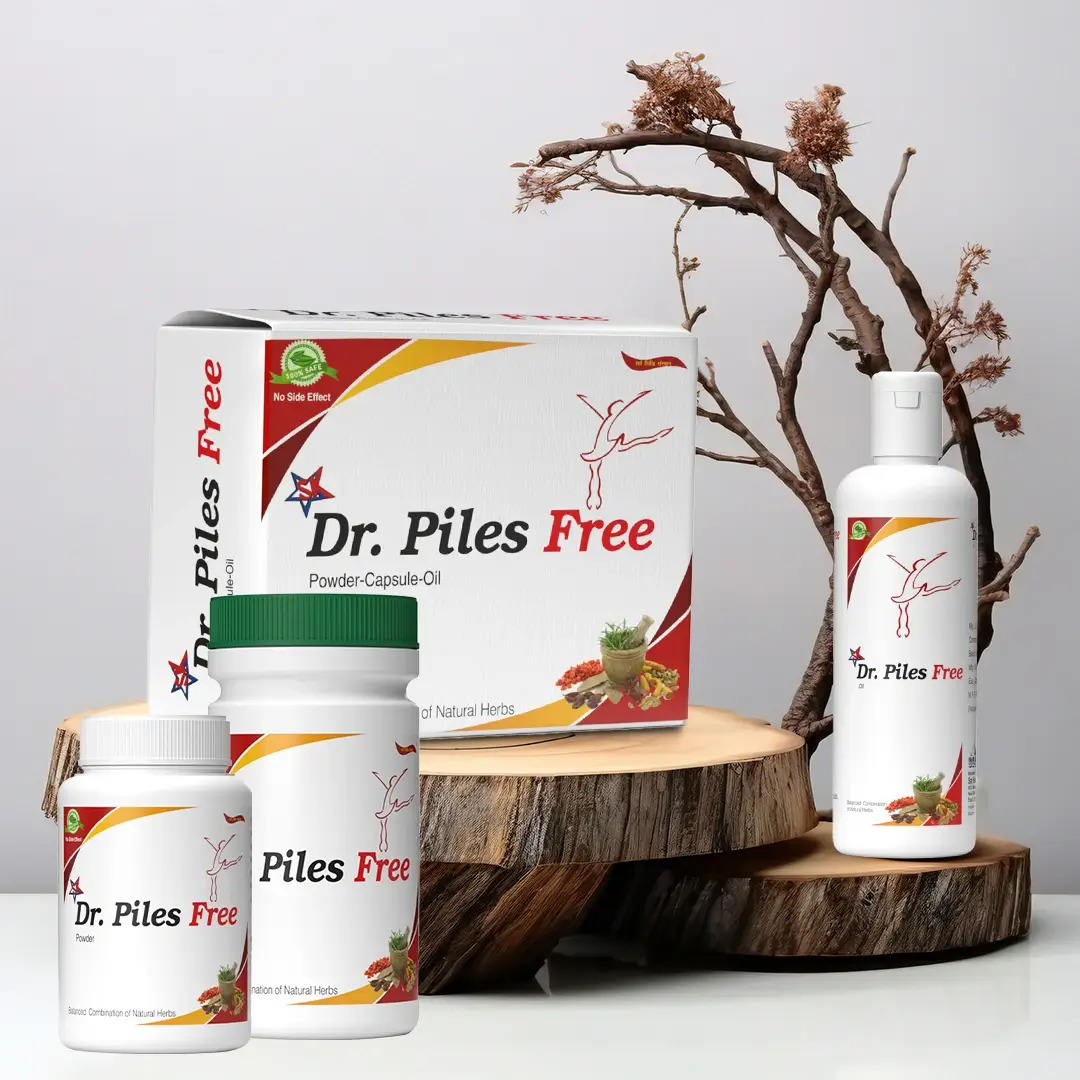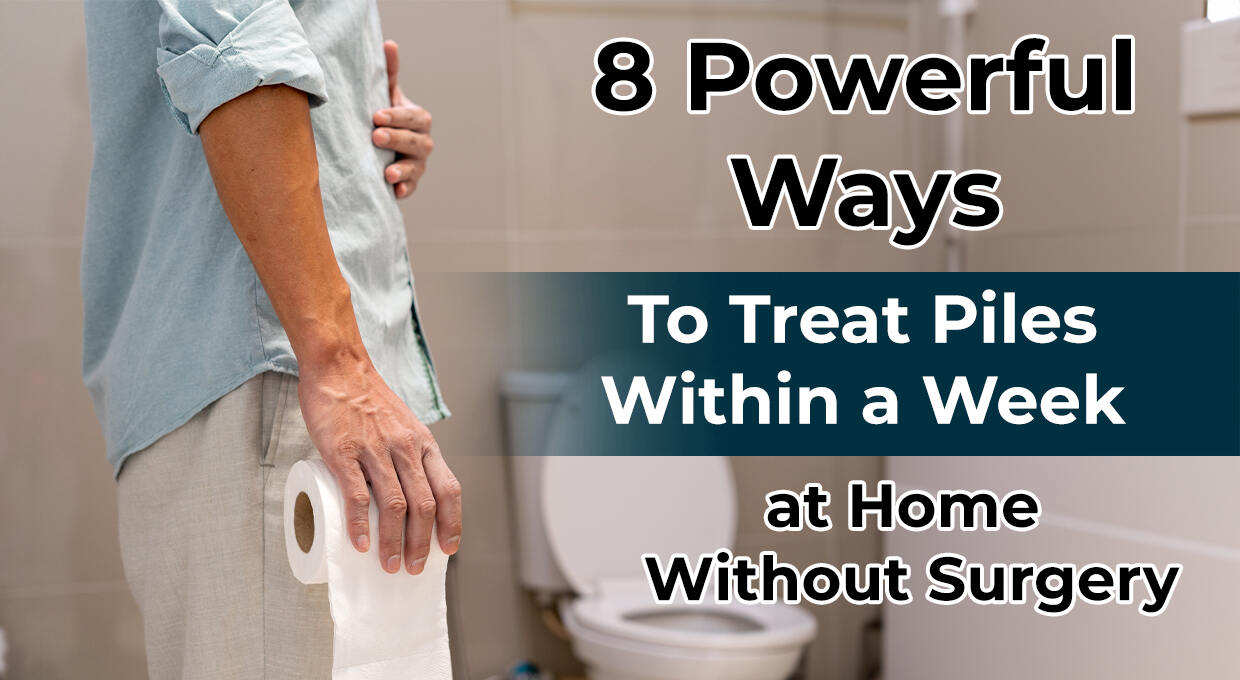Last Updated on February 20, 2025 by Dr. Mansi Srivastava
Hemorrhoids, often called piles, are a prevalent condition affecting millions of people worldwide. One of the common causes of piles is age; people over the age are at risk of getting affected. Half of the population over the age of 50 experience some symptoms of piles. Other causes are overweight, pregnancy, chronic diarrhea, and Straining during bowel movements.
Although they are harmless, they can be painful and uncomfortable, impacting daily routine tasks. Therefore, you need to treat it to relieve your painful symptoms. Hemorrhoids are typical of two types: Internal and external haemorrhoids. It’s essential to know the differences in treating piles effectively. We will guide you through internal vs. external hemorrhoids and the best treatment options available.
Internal vs. External Hemorrhoids: Understanding the Differences
In hemorrhoid condition, a vein is swollen and bulging around the anus. There are two types of piles based on the location, symptoms, and different treatment needs – internal and external.
Location
Internal piles are not visible to you as they occur inside your skin in the lower rectum – above the dentate line. It is a line that splits the above two-thirds and below-third of the anal canal.
External piles happen under the skin around your anus. It is visible, and you can feel bumps around the anal opening. External hemorrhoids are below the dentate line.
Causes
Generally, internal hemorrhoids often result from factors such as rising pressure on the vein within the rectum or weakness in the supporting tissues of the rectum.
Some of the common causes for both types of hemorrhoids are;
- Aging
- Chronic diarrhea
- Lifting heavy objects regularly
- Eating low fiber diet
- Pregnancy
Along with the exact causes, external hemorrhoids can also happen
- Due to irritation from harsh toilet paper
- Straining while pooping
- Weakened support tissues
- Anal intercourse
- Or sitting on hard surfaces for a long time.
Symptoms
Internal hemorrhoids don’t cause any noticeable symptoms, as the lining of your rectum is not a highly sensitive part. These symptoms develop gradually with time and may show up and pass. Bright red blood in the toilet paper or toilet is a sign that some internal hemorrhoid patients notice. When the size increases, they may interfere with bowel movements.
Once in a while, too much pressure can drive internal hemorrhoid apart from the anal opening. This can happen during childbirth, bowel movements, or sports activities. While an internal hemorrhoid drop (prolapses) out of the anus trigger discomfort and may often bleed.
On the other hand, the skin around the anal opening is quite delicate. It’s a reason that external hemorrhoids cause pain and feel irritated, itchy, or uneasy. Pain can impact your daily activities like walking, sitting, and moving. They are less likely to bleed because the skin covering them is harder than the rectal mucosa.
If you move your fingers through external hemorrhoids, you may feel small bumps, lumps, or swollen spots on the area. At times, a blood clot (thrombus) forms in an external hemorrhoid. Thrombosed hemorrhoids can be painful because of the swelling and inflammation. And big external hemorrhoids make it tricky to clean the anal part.
Treatment Options
Hemorrhoids can shrink on their own, but if they don’t, a healthcare professional treats them according to their type. Some effective internal hemorrhoid treatments are Rubber band ligation, Sclerotherapy, Infrared photocoagulation, and Electrocoagulation. The hemorrhoids shrink and may take 1-2 weeks to recover fully.
If your internal hemorrhoids prolapse and trigger other issues, then the doctor may perform surgery such as hemorrhoidectomies. This procedure is performed on both internal (prolapse) and external hemorrhoids; the surgeon cuts down the affected area.
However, the patient may have experienced prolonged recovery. Hemorrhoidectomy and Hemorrhoid stapling treatment are standard treatment options for external Hemorrhoids.
Natural Methods to Recover from Internal and External Hemorrhoids
Medical surgery is the last option that a patient can take. Otherwise, you can treat your internal and external piles at home in natural ways. Here are some that you must try to get relief.
- Sitz bath: Sitting in warm water while soaking your rectal part can relieve the affected area. Take this sitz bath for about 10-15 minutes twice daily.
- Eat a high-fiber diet: Take a high-fiber diet to make bowel movements easy and reduce strain on hemorrhoids. High fiber foods are vegetables, whole grains, nuts, chia seeds, beans, fruits and lentils. To fulfil your needs, you must consume 20 to 35 grams of fiber daily.
- Stool softeners: Laxatives can soften stool, make bowel movements easier, and avoid constipation.
- Stay physically active: Exercises such as walking, swimming, using a treadmill, and elliptical training can help you with regular bowel movements. Your primary approach must be to move your body for at least 150 minutes a week.
- Use topical treatments: You can use an over-the-counter medicated cream to reduce the pain, itching, and swelling of hemorrhoids. Some of the ingredients in these creams that help are hydrocortisone, lidocaine, and witch hazel. Use the cream according to the instructions on the packaging.
- Nonsteroidal anti-inflammatory drugs (NSAIDs): Use NSAIDs to relieve pain and reduce inflammation caused by hemorrhoids. For instance ibuprofen, acetaminophen, or naproxen.
- Practice Healthy hygiene: Make sure to gently clean your anal area with water and mild soap and run from harsh soaps or perfumed wipes to prevent irritation.
Ayurvedic Approaches to Treat Hemorrhoid
Piles, also known as Arsha Shoola in Ayverda, are a severe painful condition similar to needle piercing. Ayurveda offers a holistic approach to treating piles with herbs & home remedies. Herbs like haritaki, jimikand, Nagakesara, Triphala, and Kutaj help with bowel movements. Ayurveda focuses on a healthy diet that includes amalaki, papaya, and jamrul and avoids consuming too many starchy foods such as potatoes and pumpkin.
Conclusion
When you know which type of hemorrhoids you have, it is easy to treat them accordingly. Lifestyle changes, such as high fiber food, sitz baths, healthy hygiene practices, and Ayurveda herbs, can make a big difference in your condition. If you have had extreme pain and bleeding for a long time and natural cures have not helped, then consult a healthcare practitioner to tackle your hemorrhoids.






I need piles end kit
I need piles end immediately
Thank you for your comment! You can buy Piles End, https://www.satkartar.co.in/product/piles-end